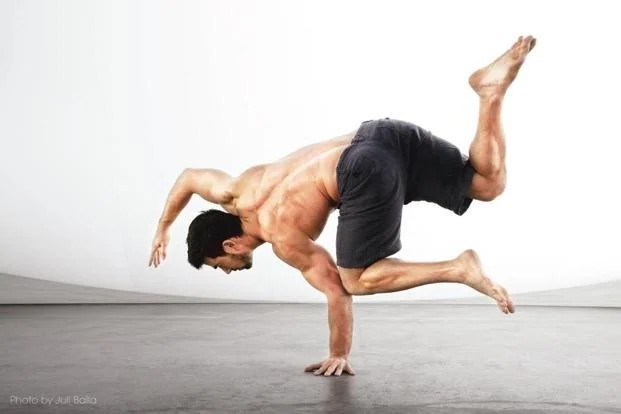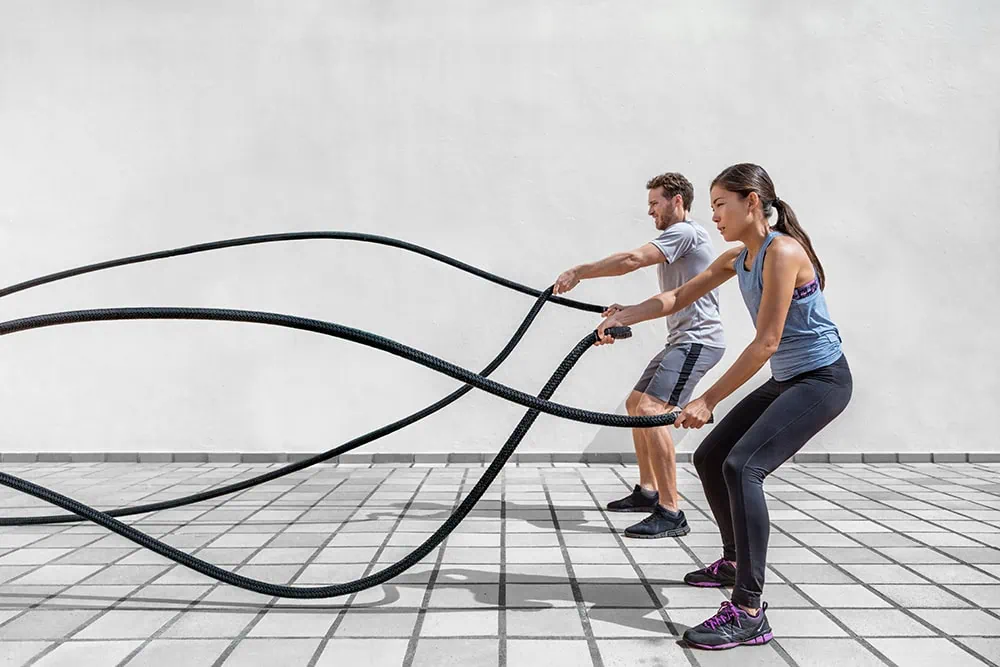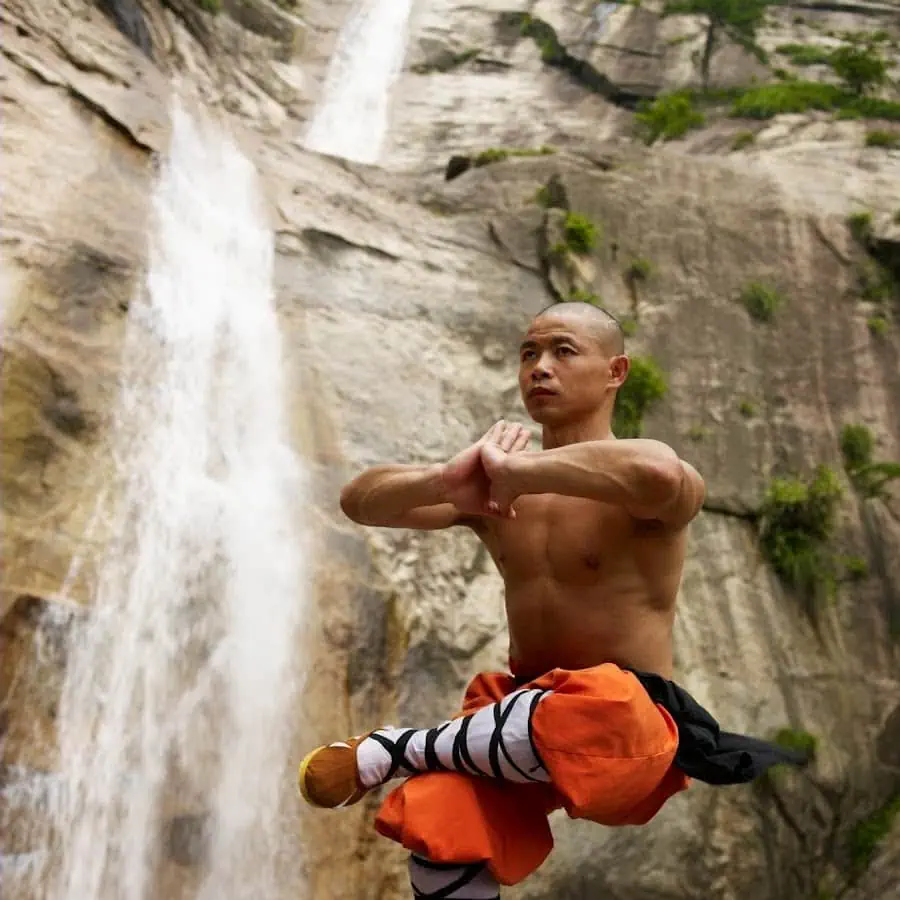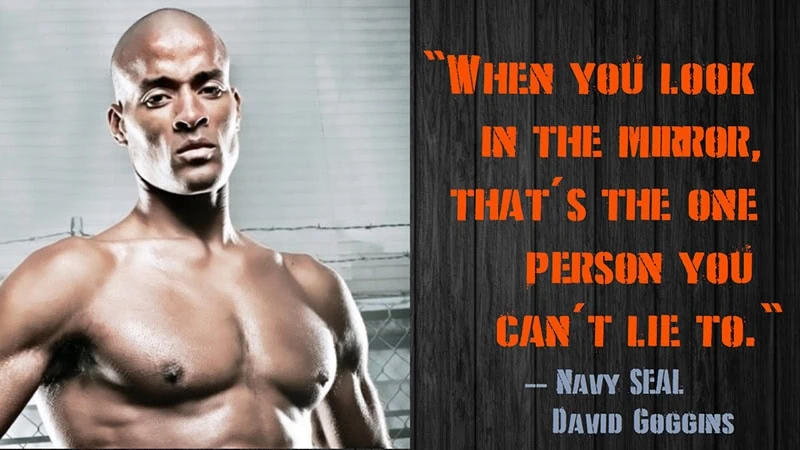How badly do you want it? I mean really want it? This is a question I've asked myself countless times throughout my martial arts journey. Because true mastery is attainable—but it often requires embracing training methods that push far beyond conventional boundaries.
Many fighters dismiss these techniques as "medieval" or excessive. The truth? Many have been used to forge warriors since before the Roman Empire. These alternative advanced training techniques aren't for the faint of heart. They'll test your strength and commitment to the absolute limit. But at the end—you'll emerge victorious. And that's what we're all here for.
Elite Fighters Embrace Unconventional Training Methods
Whether you're a devoted UFC fan or casual observer of combat sports, it's undeniable that elite fighters have revolutionized training methodologies. These professionals don't achieve dominance through standard gym routines—they embrace methods that challenge conventional wisdom.
Former lightweight and welterweight champion BJ "The Prodigy" Penn integrated water resistance training, explosively jumping straight up from three feet of water to develop incredible lower-body power. Former heavyweight champion Brock Lesnar incorporated tire pushes, medicine ball tosses, and sledgehammer drills into his regimen. UFC Hall of Famer Randy "The Natural" Couture built his legendary physique through plyometric pushups, box jumps, and resistance running.

"
Live Life Dynamically. Move. More.
Ido Portal - Movement Teacher
I've witnessed firsthand how these alternative methods transform good fighters into great ones. As a practitioner, I incorporated elements of these techniques into my own training and saw remarkable improvements in my performance.
Achieving Peak Body Control Through Movement Mastery
The difference between good and great fighters often comes down to body control. Training aggressively, mastering fundamental movements with precision, and strengthening every muscle while maintaining mental clarity will elevate your performance dramatically.
Remember this key principle: never sacrifice quality for quantity. Don't fall for the "more is always better" mindset. Poorly executed drills waste time and energy, regardless of how many you perform. Instead, identify your strengths and weaknesses, then train strategically. If you lack flexibility, prioritize mobility work. If you're naturally fast but lack power, focus on strength development. Don't overtrain your existing strengths—direct your energy toward improving your weaknesses.
Mental Performance: Training the Combat Mind
The mental aspect of combat performance has emerged as the defining element that separates champions from contenders. While physical training occupies most practitioners' focus, elite fighters understand that mental conditioning determines how effectively physical capabilities are expressed under pressure.
Visualization Techniques for Combat Excellence
There are many scientific research studies that have demonstrated that neural pathways activated during physical performance are similarly engaged during vivid mental rehearsal. This phenomenon explains why visualization has become a cornerstone of elite combat training.
I implemented a structured approach to visualization with my students, guiding them through detailed mental rehearsals of:
The key to effective visualization lies in sensory richness—incorporate the sounds, feelings, and even smells of combat environments. Elite fighters report visualizing not just success but also overcoming adversity, which develops mental resilience when actual challenges arise.
Breath Control for Performance Enhancement
Breath control represents perhaps the most underutilized performance enhancement tool available to fighters. Research has shown that specific breathing protocols can rapidly shift your nervous system between sympathetic (fight-or-flight) and parasympathetic (rest-and-digest) states, giving you unprecedented control over your physiological responses.
Consider implementing these evidence-based breathing techniques:
The mouthpiece training secret I've implemented with advanced students provides a practical application of respiratory training—wearing your mouthpiece during regular training sessions restricts airflow, forcing your respiratory system to adapt under pressure. This builds comfort with competition conditions and creates physiological adaptations that transfer directly to performance.
Alternative Advanced Strength Training Techniques
Let's explore specific unconventional techniques that can revolutionize your combat performance:
Wheelbarrow Running: The Ultimate Full-Body Challenge
Imagine this scenario: You invest in advanced training, arrive ready for sophisticated equipment, and are instead directed to a regular wheelbarrow filled with weights and instructed to run it up and down a hill. This seemingly primitive method delivers extraordinary results.
For trained fighters, fill the wheelbarrow with 100-300 pounds of free weights, bricks, or measured rocks. Begin with slower, longer distances to develop grip strength, endurance, and overall strength by jogging 100 yards to a mile. Alternatively, build explosive power, grip strength, and speed by sprinting 50-100 yards on flat ground or up a minimum 10-degree incline.
After each sprint, take a 1-5 minute rest period, then repeat 3-5 times. Always perform this drill on soft surfaces to protect joints, and maintain awareness of proper knee and foot positioning to prevent injury.
"It takes endurance and leg strength to push that weight up the hill, but it's a killer for your grip and shoulders going down. Down is just as important because in ultimate fighting you constantly use those muscles to pull your opponent to the mat or off of you"
John Hackleman - "The Pit"
Movement Drills and Functional Power Development
Movement Drills: The Secret of Elite Fighters
Jackie Chan, Conor "The Notorious" McGregor, Gunnar Nelson, Rickson Gracie, Bruce Lee, and Chris "Cyborg" Justino share a common training element: movement drills.
Kalaripayattu—the world's oldest continuously practiced martial art, dating back to the 3rd century BCE—is considered the predecessor to kung fu, jujutsu, judo, muay thai, and karate. Its practitioners use movement drills as a fundamental training method to develop flow that simultaneously enhances flexibility, agility, speed, strength, endurance, and explosive power.
In the 1980s, Rickson Gracie enthusiastically embraced movement drills while dominating competition. Coincidence? Gracie and McGregor would argue it wasn't. Rickson Gracie, Royler Gracie, Marcelo Bhering, and others trained with movement drills at Ginastica Natural in Brazil, incorporating animal movements from gorillas and snakes to retrain their bodies in natural movement patterns lost in our modern world of chairs, shoes, and cars.
Ido Portal: Movement Specialist to the Champions
The training methodologies of Ido Portal, Conor McGregor's Israeli movement specialist, represent an evolution of these concepts. Portal began with capoeira, then incorporated hanging rings, heavy climbing ropes, crawling, breakdancing, and weights into a comprehensive movement system. His approach integrates elements from dance, circus arts, tumbling, martial arts, sports, and natural movements to create a unified system of physical development.
Portal explains his philosophy: "The movement game takes the technical side, and takes the strength and conditioning side, and takes the mobility, and takes the pattern and the re-patterning work, and it blends everything together. So at times I was taking some technical aspects of the game and tuning them up, working and refining that, and other times I was more of the strength and conditioning guy, and at other times I was the therapist, and at other times I was the nutritionist."
He continues: "You're not a specialist, you're a generalist, but you see the big picture much better than anyone else in many ways. That requires a lot of study into a variety of fields. The movement teacher must be a martial artist. The movement teacher must be a dancer. The movement teacher must be a strength and conditioning coach. The movement teacher must be an acrobat. The movement teacher must be a therapist. It's a lot of work and it's a lot of study into these fields, learning to see the common things and to see the important things and to let go of the less important things."
McGregor credits this approach with his success, noting: "People are so caught up in routine, doing the same thing over and over. I want to be an expert in many different things."
Box Jumps and Battle Ropes: Developing Functional Power
Research by Garcia-Pallares et al. demonstrated that emphasizing explosive power during training significantly improves overall power and strength acquisition.
Box jumps represent one of the most effective plyometric exercises for developing explosive power critical for combat. The technique is simple: approach each repetition with maximum explosive intent, focusing on height, speed, and perfect form.

Battle ropes develop lean, functional muscle mass while working each arm independently to eliminate strength imbalances. They simultaneously build grip strength, leg power, back muscles, and obliques, making them perfect for combat athletes.
In Men's Health, John Brookfield, creator of the original battle ropes system, noted: "The key to their effectiveness is that they work each arm independently, eliminating strength imbalances as they sculpt your muscle."
Mobility-Focused Training: Beyond Flexibility
The distinction between flexibility and mobility represents one of the most critical yet misunderstood concepts in combat training. While flexibility refers simply to a muscle's ability to lengthen, mobility encompasses the functional range of motion within a joint complex—a far more relevant metric for fighters.
The Mobility-Performance Connection
Research found that athletes with superior mobility scores display significantly faster velocities and more efficient movement patterns than equally strong counterparts with limited mobility.
Combat effectiveness requires both static mobility (maintaining positions under load) and dynamic mobility (controlling movement through ranges). These qualities don't develop through traditional stretching alone.
Implementing Combat-Specific Mobility Training
Based on my practice and experimentation, I've found these mobility development methods particularly effective:
Consider following a progressive mobility sequence: isolated joint preparation → loaded position training → movement integration → combat application. This systematic approach supports new mobility and positions the body to become usable under pressure.
Practical Mobility Programming
For optimal results, I recommend:
This approach should help resolve movement limitations that traditional stretching can't address, resulting in improved technique execution and reduced injury rates.
Advanced Body Conditioning Methods
Iron Body Conditioning: The Ultimate Combat Advantage
Imagine your opponent striking you with full force, only to recoil in pain after connecting with your iron-conditioned limbs. This legendary training methodology—long kept secret by martial arts masters—has finally become accessible.
Iron bone conditioning is a warrior preparation system used for centuries in select martial arts styles. It involves systematically creating controlled microtrauma in muscles, ligaments, tendons, and bones, then healing these areas with specialized herbal preparations. This cycle repeats until the targeted area develops extraordinary density and hardness while maintaining full functionality.
A properly conditioned limb feels unnaturally hard to the touch—almost like metal or stone rather than flesh and bone. Yet remarkably, the limb remains fully responsive and functional, embodying the paradoxical quality of being both hard and soft simultaneously.
The Science Behind the Legend
Shifu Yan Lei, a modern master of these techniques, had his abilities scientifically tested at London's Science Museum. The testing equipment revealed that when he contracted his abdominal muscles, they didn't simply become rigid—they developed a "bouncy" quality that actually deflected force back toward its source.
Lei explains: "This is the aim of Iron Body and one of the keys as to why Shaolin masters can take such heavy blows. Our body acts as a mirror reflecting our opponent's power back to them."

He describes the paradoxical nature of this training: "Iron Leg needs to have flexibility, speed, power, and it also needs to be hard as well as soft. But how can a leg be soft and hard at the same time? This paradox is at the heart of every one of the Shaolin techniques."
Modern Applications with Ancient Wisdom
Contemporary practitioners like Dr. Dale Dugas have systematized these methods for safe, progressive development. His book Fundamental Iron Skills provides step-by-step guidance, including herbal formulations that support the body during training.
These techniques must be approached with appropriate caution and ideally under qualified supervision. When properly developed, they provide an extraordinary advantage in combat situations while demonstrating the remarkable adaptability of the human body.
Recovery Science: The Training Element Champions Don't Skip
The most significant shift in elite combat training over the past decade hasn't been a revolutionary exercise methodology—it's been the scientific approach to recovery. While amateur fighters focus almost exclusively on training stimulus, champions understand that adaptation occurs during recovery, not during training itself.
The Biology of Supercompensation
Science-Based Recovery Methodologies
Within my practice, I've implemented these evidence-based recovery techniques. You should explore them as well:
Recovery Monitoring and Individualization
The most effective recovery protocols are individualized based on objective metrics. I recommend these monitoring strategies:
By systematically tracking these variables, you can identify your optimal training to recovery ratio and prevent the overtraining syndrome that derails many dedicated combat athletes.
Implementing Your Training Evolution
With these advanced methodologies in mind, strategic implementation becomes crucial. The most common mistake I observe is attempting to incorporate too many new methods simultaneously. Instead, consider following this structured approach:
Remember that these advanced techniques represent tools, not requirements. Their effectiveness depends entirely on your individual response, goals, and current training status.
Navy SEAL David Goggins holds the Guinness World Record for most pullups in 24 hours—an astounding 4,030 completed in just 17 hours. His journey to this achievement is truly inspirational. After failing his first attempt and tearing his hands apart (eventually requiring gloves), he dedicated five months to specialized training before setting the record.
Goggins overcame a challenging childhood, serious health issues, and multiple military training programs to become the only U.S. Armed Forces member to complete SEAL training, Army Ranger School, and Air Force tactical air controller training. He's completed over 50 endurance events, frequently placing first and setting records in triathlons, ultra-marathons, mountain ascents, and cycling competitions.

His phenomenal conditioning stems from unconventional, intense training methodologies that push beyond normal human limitations. Studying his approach provides valuable insights into the mental fortitude required for advanced combat training.
Final Thoughts: The Path Forward
The journey to mastery in combat arts requires more than just traditional training. By incorporating these alternative advanced techniques, you'll develop attributes beyond what conventional methods can provide.
Remember that your training should evolve with your progression. Start with techniques appropriate to your current level, gradually incorporating more advanced methods as your foundation strengthens. Focus on quality over quantity, strategic recovery, and consistent progression rather than random intensity.
As I've witnessed throughout my four decades in martial arts and physical conditioning—the most successful practitioners are those willing to step beyond conventional boundaries.
These alternative training methods aren't just about physical development; they forge mental resilience and spiritual depth that define true martial artists. In embracing these challenges, you'll discover capabilities within yourself that you never knew existed.
How badly do you want it? The path is clear for those willing to walk it.
